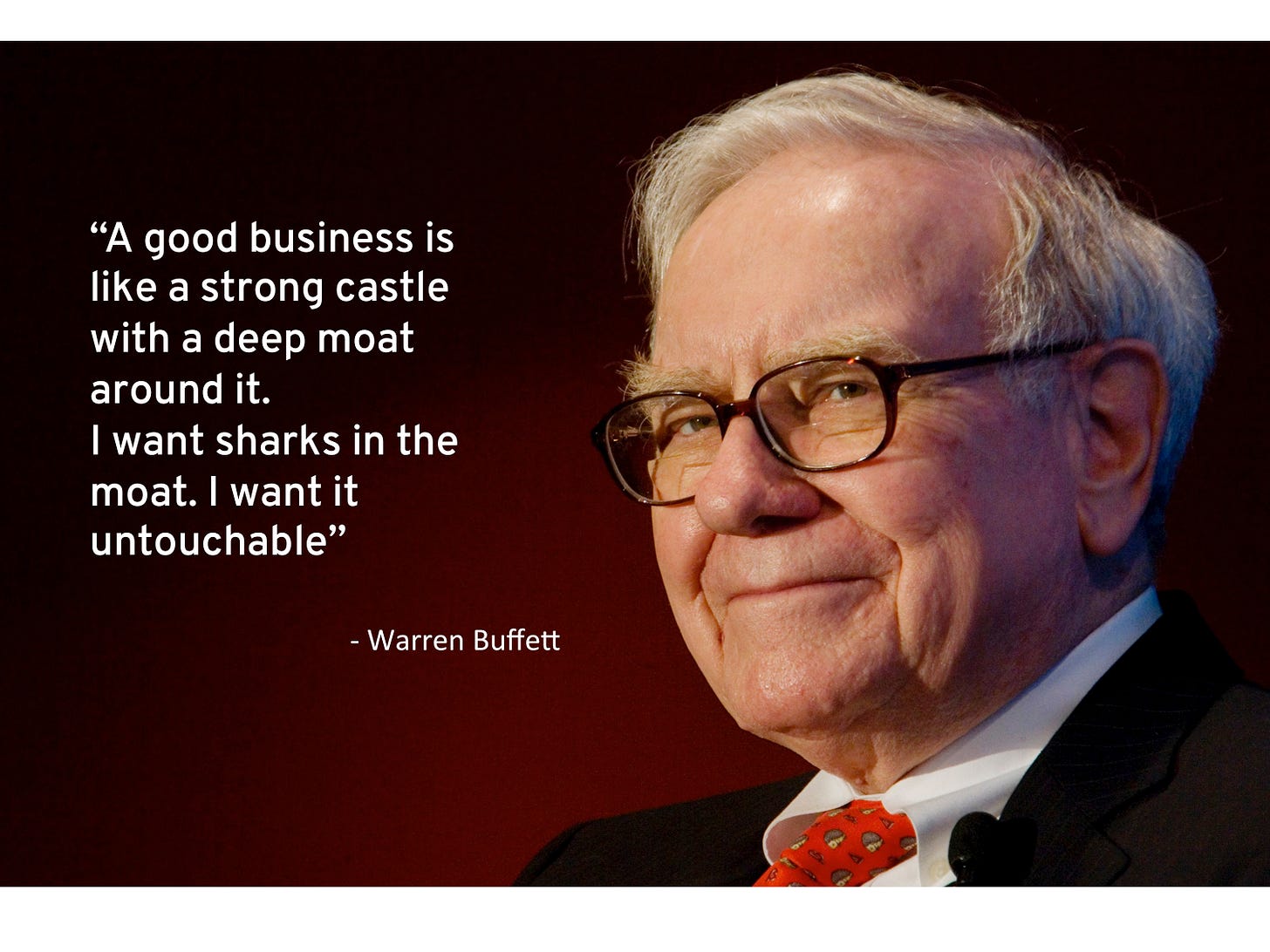One of the most important things for quality investors?
A company’s competitive advantage.
Today we’re buying a new ETF that solely invests in companies with a moat.
A moat is what allows the business to maintain and increase its profits and market share.
Think about BNSF’s railroad tracks, the negotiating power that comes from Walmart’s size, or the patent laws protecting Novo Nordisk’s drugs.
One of the strongest moats is the ‘toll bridge’ moat.
Companies with this type of moat control something essential - something their customers can’t live without.
This is key to building lasting wealth.
And it’s why every serious investor should study the lessons of Cornelius Vanderbilt.
Cornelius Vanderbilt and the Bridge That Built an Empire
In the 19th century, business was cutthroat. And no one was better at it than Cornelius Vanderbilt.
His fortune began in steamboats, but by the 1860s, he had sold his steamboat businesses to invest in a bigger opportunity: railroads.
Vanderbilt didn’t try to lay more track than his rivals. He understood a simple truth:
It’s not about owning the most tracks. It’s about owning the right tracks.At the time, New York City was the commercial heart of America. And Vanderbilt owned the only rail bridge into the city - the Hudson River Bridge. That meant he controlled access to the largest port in the country.
He used this advantage to cut off access to rival railroads. Trains that didn’t belong to Vanderbilt couldn’t cross his bridge.
The result?
Chaos.
Stocks in rival railroads collapsed. Then Vanderbilt stepped in and bought them for pennies on the dollar. Within days, he owned both the bridge and the rival New York Central railroad.
This wasn’t luck. It was strategy.
And it worked. By the time he was done, Vanderbilt controlled 40% of America’s rail lines and built Grand Central Depot (now Grand Central Station) to consolidate his three new lines, the Harlem, the Hudson and the NY Central.
The Investor’s Lesson: Own the Toll Bridge
Vanderbilt’s story teaches a timeless lesson: the best businesses don’t just compete. They control.
When a company owns a critical piece of infrastructure - whether it’s a rail bridge (BNSF), a payment network (Visa), or a digital security gatekeeper (Verisign) - it becomes the toll collector. Every customer pays. And as long as demand stays high, the profits keep flowing.
The best investments aren’t necessarily the fastest-growing companies. They’re the ones that make themselves indispensable. Just like Vanderbilt’s bridge, a true moat ensures that customers have no choice but to pay the toll.
Our Next ETF
Today we’re introducing a new ETF that is full of quality businesses with dominant and durable moats.




